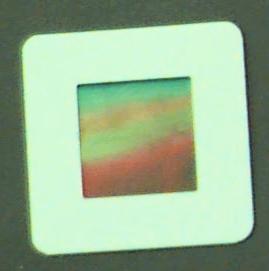Main pages in this section:

Light carries both energy and information. It is the way the sun delivers energy to the world, making life possible, and it is a very important way that we learn about the world, through our sense of sight.
White light (both light from the sun and household lighting) is a mixture of lights of many different frequencies or wavelengths. Other mixtures may appear to be other colors. The recipe that describes the amount of each kind of light that is present is called the spectrum. One way to determine the spectrum is to send the light through a prism, or a diffraction grating, or a spectroscope. These turn a beam of light into a "rainbow" that reveals the different frequencies of light that are combined in the beam.
There are many kinds of light that we cannot see, though they can be detected in other ways. Visible light is necessary in order for us to see. In the absence of visible light, we see nothing.
This unit will present activities that help unravel these aspects
of light.
Main pages in this section:

| Section | Estimated time required |
|---|---|
| Exploring diffraction gratings | 30 minutes |
| Different kinds of lights -->See note below<-- | 30 minutes |
| Making a spectroscope | 45 minutes |
| Science content: light and spectrum | 30 minutes |
| Discussion of spectra | 30 minutes |
Next section: color